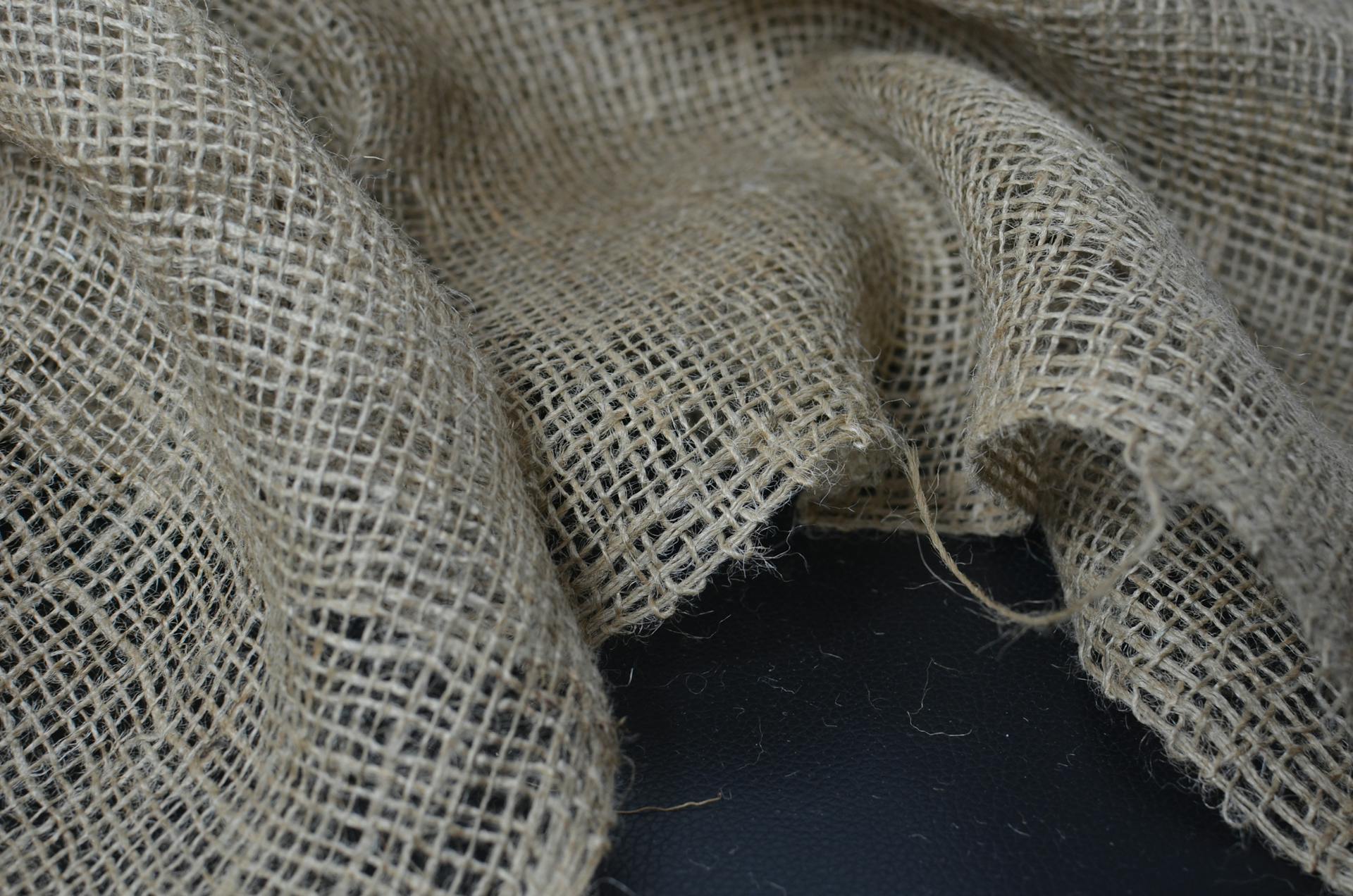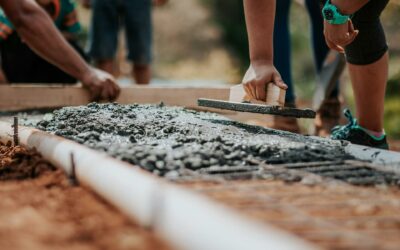Innovative Insulation
Innovative insulation is a crucial part of any build. It affects everything from your home’s energy efficiency to the air you breathe indoors and its overall environmental impact. For decades, fibreglass has been the go‑to choice, but hemp insulation is quickly carving out a reputation as a safer, greener alternative.
This article takes a look at the differences between the two materials in terms of availability, cost, health, material properties and real‑world performance.
Availability and Costs
Fibreglass rules the market and is easy to pick up at virtually any builder’s merchant or DIY store. Hemp insulation is gaining ground as sustainable construction becomes more popular. Although it’s not stocked everywhere yet, demand is on the rise and greener‑build regulations are giving it a boost, meaning it should become more widely available and affordable over time.
One of fibreglass’s biggest selling points is its low upfront price, around $0.30–$1.50 (roughly 25p–£1.20) per square foot. Hemp insulation sits higher, typically $1.40–$3.10 (about £1.15–£2.55). Even so, its long lifespan and energy‑saving credentials can offset the initial outlay by lowering heating and cooling bills, and prices are expected to fall as production ramps up.
Safety and Health
Health concerns are a major divider between the two materials.
Fibreglass releases tiny glass fibres during installation that can irritate skin and lungs—especially risky for small children—so protective kit is essential.
Hemp is natural and non‑toxic, giving off no harmful particles. You can handle it without special gear, and it doesn’t emit volatile organic compounds (VOCs) or other industrial chemicals, which helps keep indoor air quality high.
Performance and Sustainability
Both products provide solid thermal resistance, measured by R‑value (the higher, the better). Fibreglass generally comes in at R‑2.2 to R‑4.3 per inch, while hemp averages around R‑3.7 per inch. Beyond raw numbers, hemp is naturally breathable, regulating moisture and helping prevent mould growth. It’s also pest‑resistant without chemical treatments.
From a sustainability standpoint, fibreglass production is energy‑intensive and relies on non‑renewable resources. Hemp insulation, on the other hand, is made from fast‑growing hemp plants that absorb CO₂ as they grow and is fully biodegradable, reducing environmental impact at end of life.
Conclusion
Hemp insulation is flexible, easy to install and holds its shape over time, ensuring consistent performance. Its breathability reduces condensation problems, making it ideal for damp climates.
While fibreglass still dominates thanks to its low cost and easy availability, hemp offers a compelling alternative for anyone prioritising health, sustainability and long‑term efficiency.
As the building industry shifts towards eco‑friendlier materials, hemp insulation is poised to become a key player in energy‑efficient, environmentally responsible home construction.
Sources
- 9 Progressive Hemp-Based Products for Construction and Insulation – 2050 Materials
- Fiberglass vs. Bio-based Insulation Material
- https://www.hempitecture.com/post/fiberglass-vs-bio-based-insulation-material/?srsltid=AfmBOorMaH-a4dO8xeY0Zm3pch68NpV4UaWgWGxwgBlIjMfil5EwRRa2
- https://todayshomeowner.com/insulation/guides/hemp-insulation/#:~:text=Hemp%20insulation%20typically%20costs%20more,insulation%20becomes%20more%20widely%20available
- https://www.hempbenchmarks.com/hemp-market-insider/hemp-insulation-for-housing/
Image
- Skylar Kang, Pexels
This is one of a series of articles developed by students from ESCP Business School’s Bachelor’s degree in Business.
Our explicit thanks to:
- Shade Okewale-Retat:
- Laura Martins Queiroz
- Louis Sauvat
- Carlos Herzog Oldenburg
- Gaspard Soulier
- Colton Voorhees





0 Comments